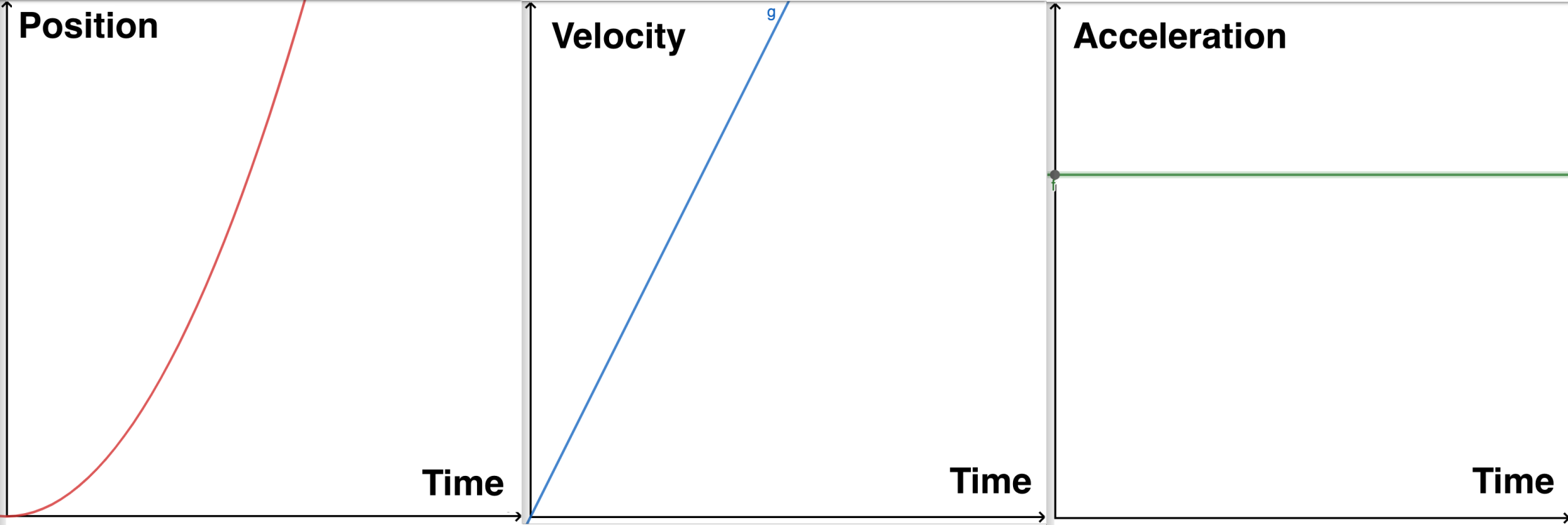Team Velocity: Injecting Accelerants
Recently, a previous client reached out to me asking about how to avoid some recurring issues that their team was running into. In essence, members of the team continued to make silly but difficult to find errors that were taking much longer to fix than they should have taken. Often times, this is a symptom of a team’s immature sense of urgency to hit deadlines, close out all the stories in a given sprint, or just keep the business happy. To be clear, a sense of urgency can be an important factor in developing a high-performing team but it can also be debilitating. As a result, I’d like to provide some principles to keep in mind when facing these types of challenges.
Integrals of Learning
Many project managers are familiar with using not just a team’s current position, but a team’s velocity as a good measure of how a team is performing. It’s true, velocity is powerful, but it is also an incomplete view of what lies ahead on the road to project success. Some of you might remember learning about derivatives during school. Below are a few classic graphs that help to visualize the relationship between:
- Position–where your team is on the path to your project milestones
- Velocity–how quickly a team is completing work
- Acceleration–the change in your team’s velocity over time

Acceleration and its underlying drivers are all too often left out of the equation to project success. The best driver I’ve found to ensure ever-increasing velocity is to ensure continued effective learning! If your team has stopped learning, that is a recipe for negative acceleration!
Now the question for project success becomes:
How fast can you teach your team?
But people never learn when they aren’t interested no matter how much you teach. So the question really becomes:
How much can you inspire your team to learn?
If you learn to inspire your team to continue learning and growing, then you will build a team that can deliver on the toughest deadlines while maintaining quality outputs. An immature sense of urgency ignores learning and as a result leads to failure and delays on all but the shortest timescales.
Gut check: Is your team’s velocity still increasing or has it gone flat?
If your team’s velocity has gone flat but you have a good team, you might be thinking there isn’t much left for them to learn or that the 2-3 day training session you paid for didn’t provide the benefits you were expecting. My company partners with you to actually get the job done all while sharing Tacit Knowledge and acting as an accelerant to your team’s velocity.
Learn. Coach. Give.